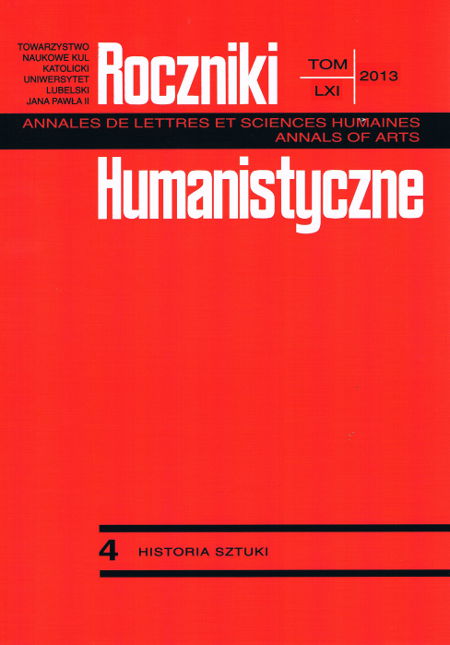"The Family of Man" po latach. Wokół krytyki i recepcji wystawy
"The Family of Man" a few decades later
Author(s): Kamila LeśniakSubject(s): Cultural history
Published by: Towarzystwo Naukowe KUL & Katolicki Uniwersytet Lubelski Jana Pawła II
Keywords: Edward Steichen; artistic photography; Polish photography after 1945; foreign photography after 1945; criticism of art; reception; documentary; socialist realism; photography exhibitions; cold war
Summary/Abstract: The photographic exhibition The Family of Man created by Edward Steichen was for the first time opened in the halls of the Museum of Modern Art in New York in 1955. It was a great commercial success and in the next less than ten years it was shown in 68 countries the world over. In the years 1959-1960 it also came to Poland and owing to its favorable reception became one of the most important turning points in the history of the Polish post-war photography, both artistic and documentary. During the next years the exhibition The Family of Man was also subjected to harsh criticism. The starting point for the present paper is the image of the exhibition that emerges from the Polish writing. The literature of the subject is modest, it consists mainly of small contributions; moreover, there are several works, in which thoughts taken from a few famous critical texts devoted to the exhibition, among others from the texts by Roland Barthes, Susan Sontag, Allan Sekula, are cited without any reflections. Only some Polish researchers interpret these important critical opinions with respect to the specific political and artistic situation that existed in Poland of the 1950s and 1960s (among others socialist realism, Gomuła’s thaw). The present article aims at indicating the profits from a reinterpretation of the exhibition on the ground of the history of Polish photography, and also of Polish culture of the post-war decades. The author tries to indicate the basis for studying Polish reception of the Steichen project. The reflections contained in the present paper are mainly focused on several subjects that are important for the exhibition, like the war, the American politics in the era of the cold war, the family. Moreover, the discussion also points to some aspects of the origin of the exhibition and to the conception of photography that is contained in it.
Journal: Roczniki Humanistyczne
- Issue Year: 61/2013
- Issue No: 04
- Page Range: 205-240
- Page Count: 32
- Language: Polish

